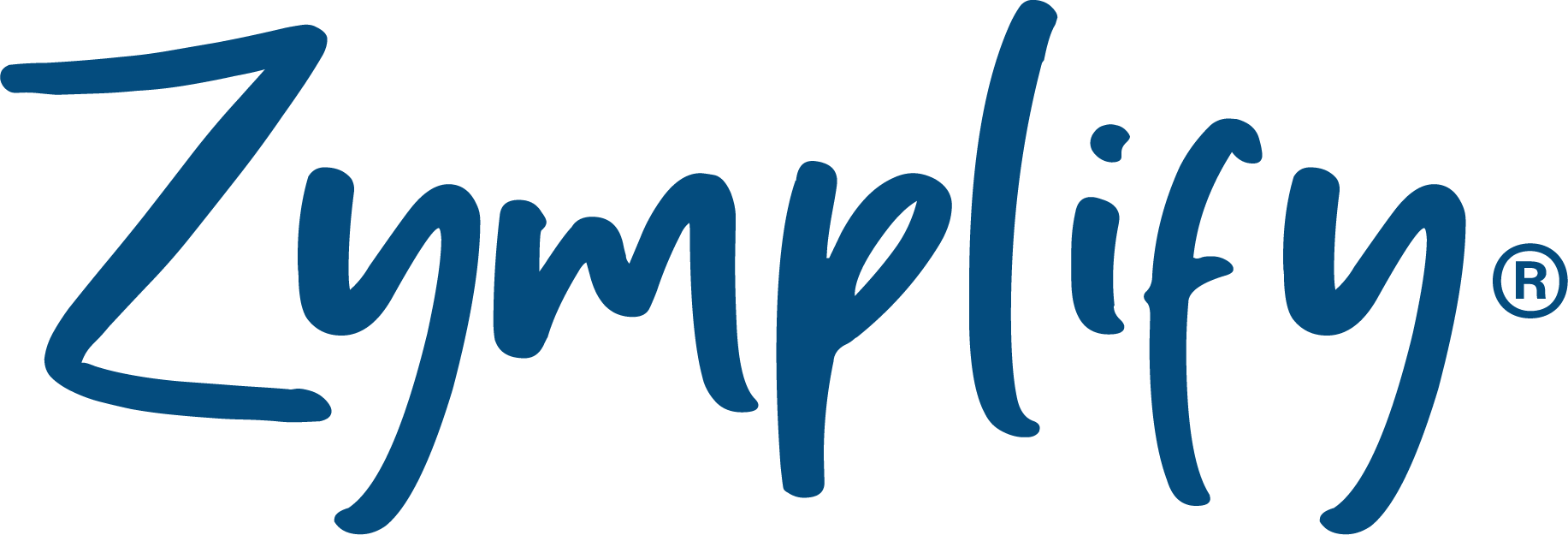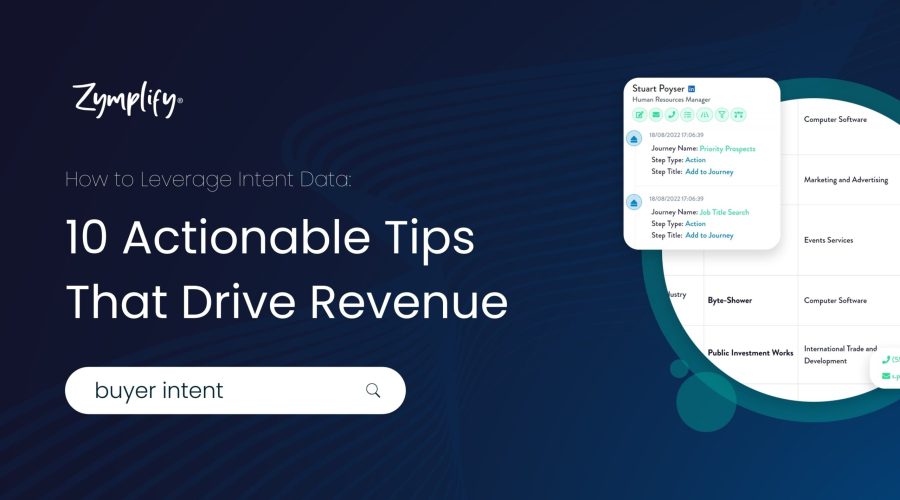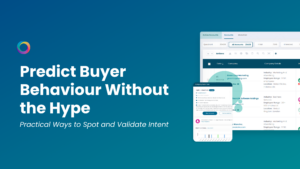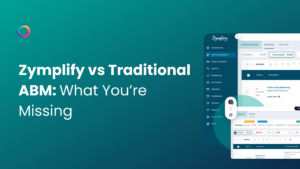For B2B marketers, understanding intent data is vital. The majority are already one step ahead, deploying intent data to promptly and efficiently identify and engage potential buyers. To avoid lagging, it’s time to understand the nuts and bolts of intent data and how it propels buyer journeys, driving revenue generation effectively.
Research paints a pretty compelling picture – over 70% of B2B marketers are either actively using or planning to use intent data to galvanise their prospecting, account-based marketing, and email marketing efforts, among others. Interestingly, almost 70% of leading marketers confirm they’ve struck gold with intent data. But fret not if you’re just starting. In this blog we’ll unravel the advantages of intent data and discover ten smart strategies to boost pipeline generation and spike revenue.
What is buyer intent data in the B2B sphere, you ask?
Simply put, it’s a source of behavioural information that hints at a potential interest in your product. Websites gather intent signals from users, such as visited pages, clicked links, and downloaded resources, subsequently analysing this data to create user profiles.
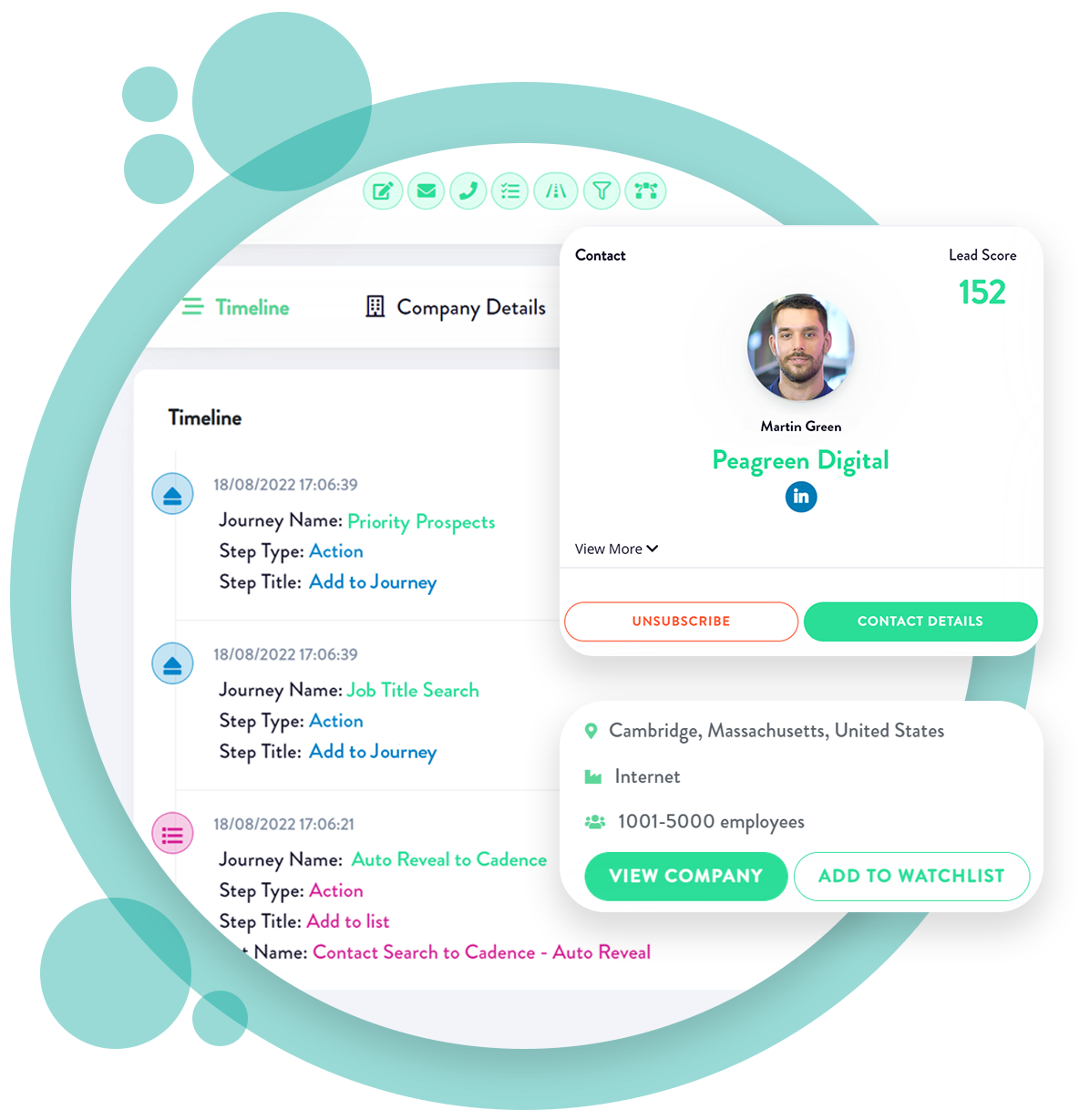
At its core, intent data allows brands to pinpoint individuals most likely to purchase their product, increasing the efficiency of targeting over broad marketing campaigns or cold outreach.
The Trio of Intent Data: First, Second, Third-party
Intent data can be sourced from various places, including a publisher’s website, third-party buys, or another company’s shared first-party data.
First-party intent data merges user behaviour and interest data collected directly alongside other data gathered through a customer relationship management (CRM) system, forms, questionnaires, subscriptions, or social media.
Second-party intent data is essentially another company’s first-party intent data put up for sale. Although not as widely used as its first and third-party counterparts, it offers high value as an extension of existing data, reflecting first-party actions undertaken on a publisher’s site.
Third-party intent data is obtained from external sources, showcasing topical searches and content consumption of prospective buyers. With numerous methods to obtain this data, it’s vital to select a trusted and transparent provider.
Deciphering Intent Data
Imagine a user visiting a payroll software site. Browsing alone doesn’t necessarily shout ‘immediate purchase.’ However, as they delve deeper—comparing prices or reviewing user experiences, intent data can help form assumptions regarding the buyer’s intent.
Why Embrace Intent Data?
Incorporating intent data into your marketing campaigns and sales outreach has three main perks.
- Understanding Prospects’ and Customers’ Needs – Intent data offers an in-depth understanding of your prospects’ and customers’ requirements. Brands that identify behavioural patterns reflecting specific issues benefit by tailoring their messaging to in-market buyers. Moreover, insights about customers can be leveraged to drive customer retention and expansion efforts based on fresh, high-quality data.
- Enhancing Sales Processes – Intent data not only aids in personalising messaging and perfecting timing but also fuels the overall sales process. Sales and marketing teams can identify and proactively engage with in-market buyers earlier in the purchasing process, utilising intent data to qualify them more accurately.
- Minimising Time and Resource Wastage – Marketing and sales units can cut down on waste by integrating intent data into their efforts. While connecting with prospects at every stage of the buying funnel is crucial, more focused campaigns targeting in-market buyers boost efficiency. Marketers can swiftly generate a more qualified pipeline, while sales teams can confidently approach suitable prospects, armed with deeper knowledge of their needs and intentions, to speed up the sales cycle and boost conversion rates.
How to leverage intent data – our top tips!
Intent data can be useful at all stages of the buyer journey, and by incorporating insights from different types of intent data, brands can drive revenue while taking a more targeted and stage-appropriate approach to in-market buyers. Read on for 10 ways to use intent data to drive revenue.
-
Improve the effectiveness of advertising targeting
Intent data can be one of the strongest signals that a prospect is considering a brand (or a competitor). Build audiences using intent data then target them with advertising campaigns to more accurately message and reach people who already show interest in your product or service.
Broad, top-of-funnel awareness campaigns are still important for introducing audiences to your brand, but directing more attention to people already indicating they’re a good fit can yield better results for marketing and sales teams alike.
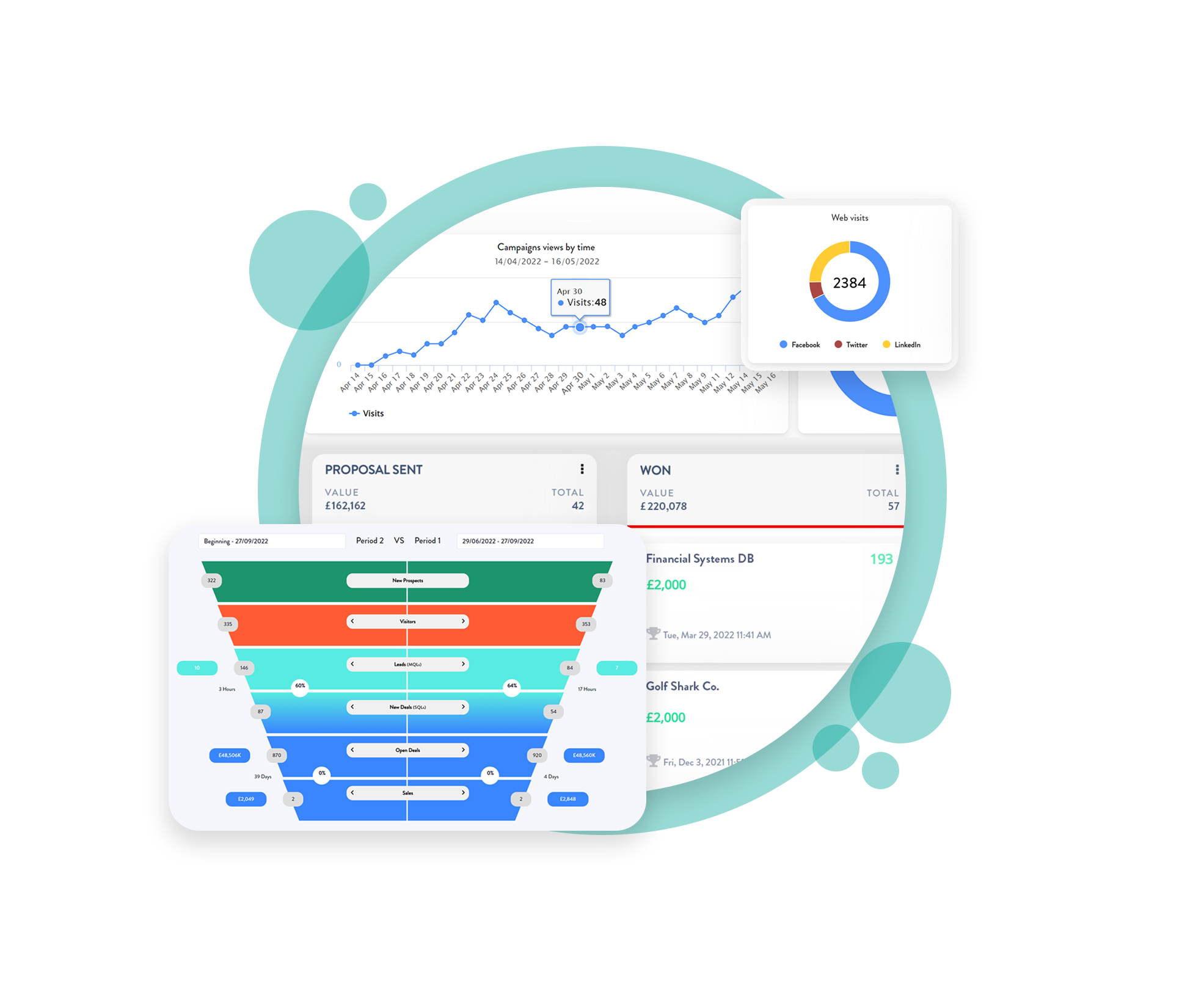
-
Identify cross-sell opportunities
Beyond new customers, intent data can also help shine a light on the experiences of existing customers. As brands build trust with customers, there is an increasing opportunity to become a customer resource that serves additional needs.
Pair intent data with existing customer data to proactively identify cross-sell and upsell opportunities. This combination of data better aligns marketing and sales teams with customers’ needs and the available products or services that have not been purchased. Search for trends from existing customers to identify patterns of behaviour that future customers will likely follow. Build campaigns based on that journey and offer products or services that proactively solve future needs.
-
Personalise website experiences
Knowing more about a prospective customer enables your brand to create a more personalised website experience. Use insights such as the type of content consumed and the frequency of site visits to help draw conclusions about the level of consideration users are giving your brand. Tailor an experience based on those conclusions to target higher quality leads and increase ROI.
For example, competitive take-out messaging is a great example of using intent data to create a personalised experience that’s relevant to users.
-
Customise lead-generation messages
Just because multiple users show interest in a brand doesn’t mean they’re all on the same stage in their buying journey. Intent data helps inform brands about the topics users are researching, which allows for customised lead-generation messages that are well-suited to each buyer’s stage.
Third-party intent data typically results from prospects near the top of the buying funnel as they’re becoming more aware of their problem and the possible solutions. First- and second-party data can include in-market prospects much closer to the consideration and decision phases of their journey. First-party signals come from your owned properties, like your landing pages and websites. Second-party signals come directly from publishers, like review platforms.
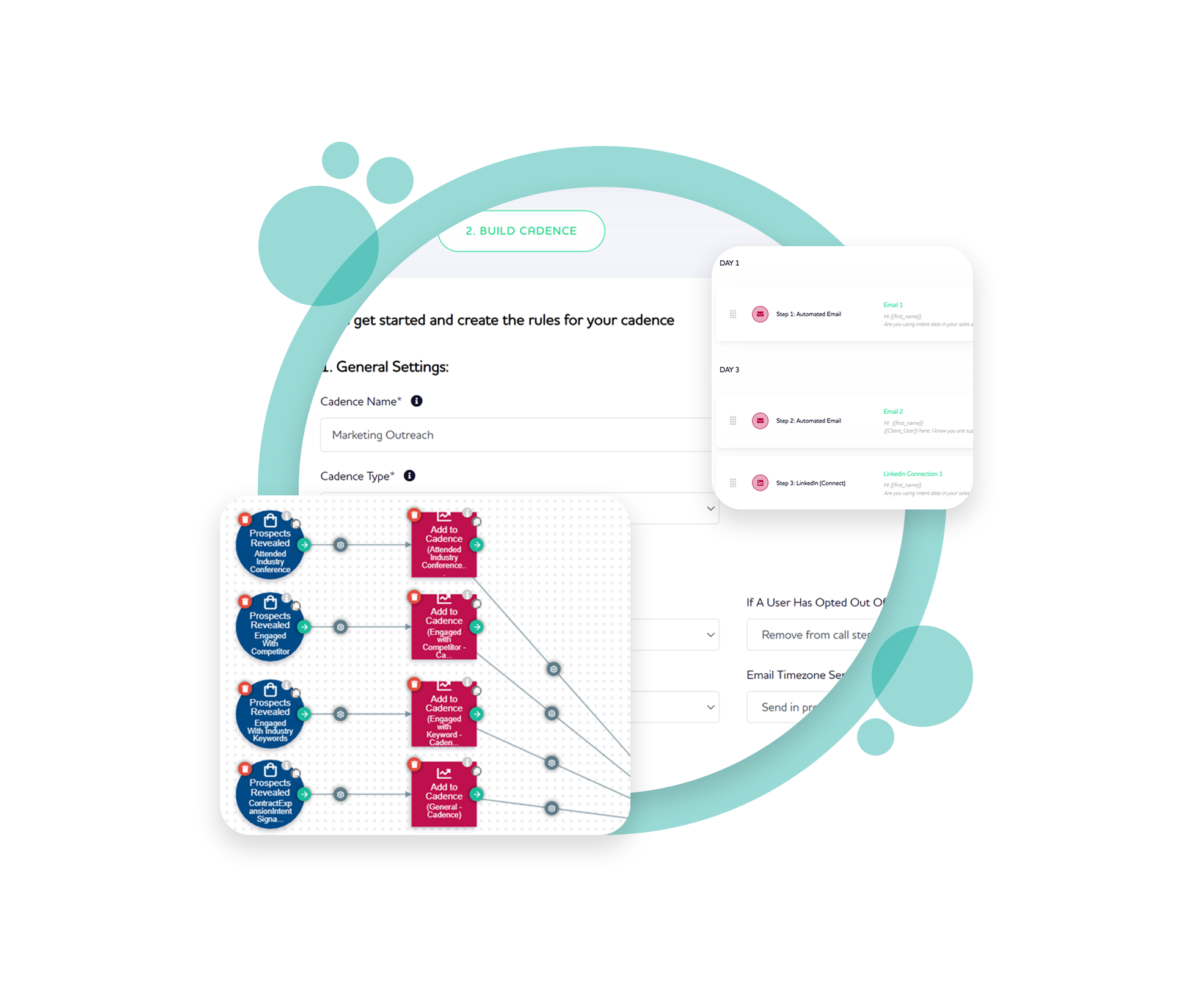
Create timely messaging focused on the specific problems prospects are facing and offer a solution that aligns with their capabilities and needs. For example, third-party top-of-funnel messaging should introduce a problem and how to solve it to generate interest. As prospects move further down the funnel, first- and second-party intent data can highlight more specific needs that can be addressed with targeted advertising, account-based marketing (ABM) campaigns, and personalised sales outreach.
-
Evaluate market trends
Use intent data to evaluate market trends to further campaign optimisation and update messaging, new content, and more. Markets and audiences are constantly evolving, and so should your approach.
For example, LinkedIn is the world’s largest professional network, with 810 million members in more than 200 countries and territories worldwide, and it provides a vast audience of professionals ready to convert.
You can use Zymplify’s Linkedin audiences integration to build dynamic segments of buyers actively researching your products and your competitors’ to target and convert. Boost your return on ad spend, increase conversion rates, and accelerate the sales cycle while improving your bottom line.
-
Prioritise in-market buyers based on engagement
Sales and marketing teams can use intent data to analyse which prospects are the lowest-hanging fruit for prioritisation based on downstream intent signals. Users who show more interest in a brand can be segmented for targeting across sales and marketing.
Likewise, users showing signs of purchasing from a competitor can also be prioritised for quick action. Whether your activation platform is a CRM, an ad platform, or an ABM platform, integrating intent data can help prioritise in-market buyers.
-
Improve timing and relevance
As we know, intent data provides additional insight into where prospective clients are in their buying process. By analysing this data, brands can follow up with relevant, timely messaging, such as a trial, demo, or other incentives. These offers are best used with downstream intent data because brands have actionable insight into what users are researching and where they are in the buying process.
-
Accelerate account-based marketing
To get started with ABM, the most difficult part is knowing which accounts to go after. Understanding more about accounts allows marketing and sales teams to adopt personalised ABM tactics to connect, inform, and convert those accounts more efficiently.
-
Reach people earlier in the buying process
Use intent data to recognise potential buyers, help your brand connect and build preference early in the journey, and educate and encourage buyers to convert.
Third-party intent data sources are great for top-of-funnel insights. Though prospects may not be as likely to convert that early in the buying process, creating brand awareness and beginning to identify high-level prospects are essential actions in building a pipeline of prospective buyers.
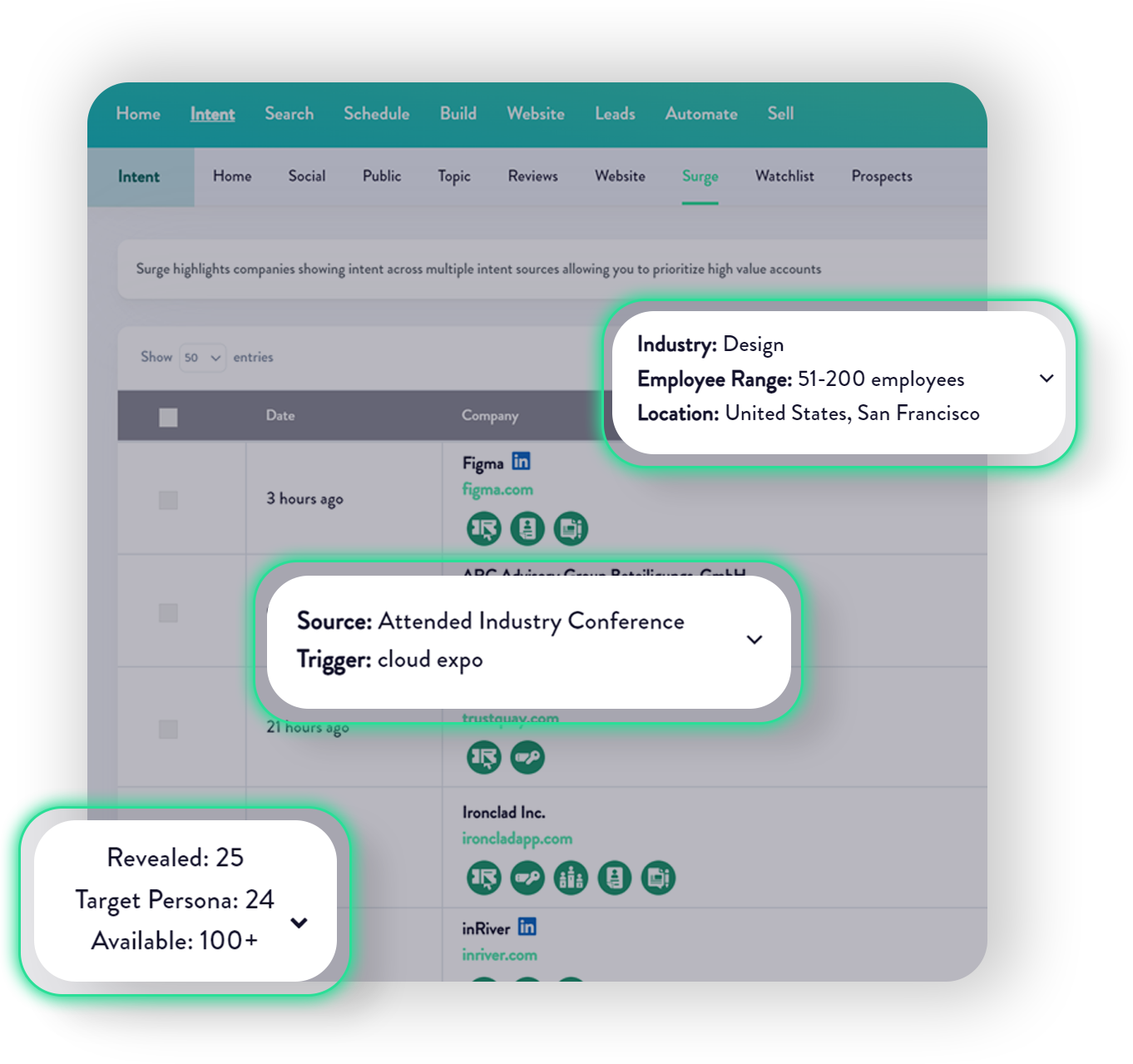
-
Nurture in-market buyers with personalised outreach
Identify in-market buyers early in the buying process with intent data so sales teams can nurture them with personalised outreach when they are more open to education and consideration. This gives prospective buyers time to continue their research while keeping your brand top of mind.
Your business development representatives (BDRs) can build a cadence to nurture these leads based on various offers, such as reading a piece of content or joining a webinar or other event.
Evolve your approach to intent data
The ways in which marketers gather, scrutinise, and utilise it are constantly evolving. Recent shifts in data collection and targeting are causing a sea change in marketing strategies, making intent data increasingly crucial for identifying in-market buyers early in the buying process and fostering strong relationships.
